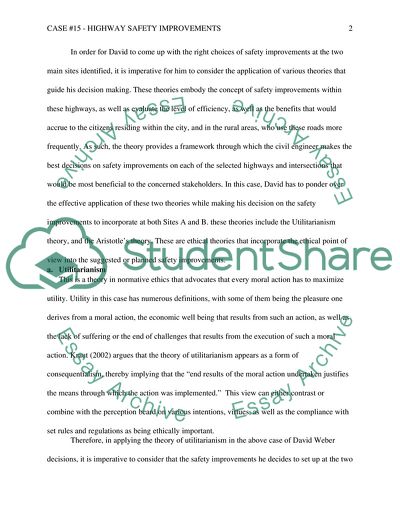Cite this document
(The Ways Of Highway Safety Improvements Term Paper, n.d.)
The Ways Of Highway Safety Improvements Term Paper. https://studentshare.org/technology/1876457-case-15-highway-safety-improvements
The Ways Of Highway Safety Improvements Term Paper. https://studentshare.org/technology/1876457-case-15-highway-safety-improvements
(The Ways Of Highway Safety Improvements Term Paper)
The Ways Of Highway Safety Improvements Term Paper. https://studentshare.org/technology/1876457-case-15-highway-safety-improvements.
The Ways Of Highway Safety Improvements Term Paper. https://studentshare.org/technology/1876457-case-15-highway-safety-improvements.
“The Ways Of Highway Safety Improvements Term Paper”. https://studentshare.org/technology/1876457-case-15-highway-safety-improvements.


